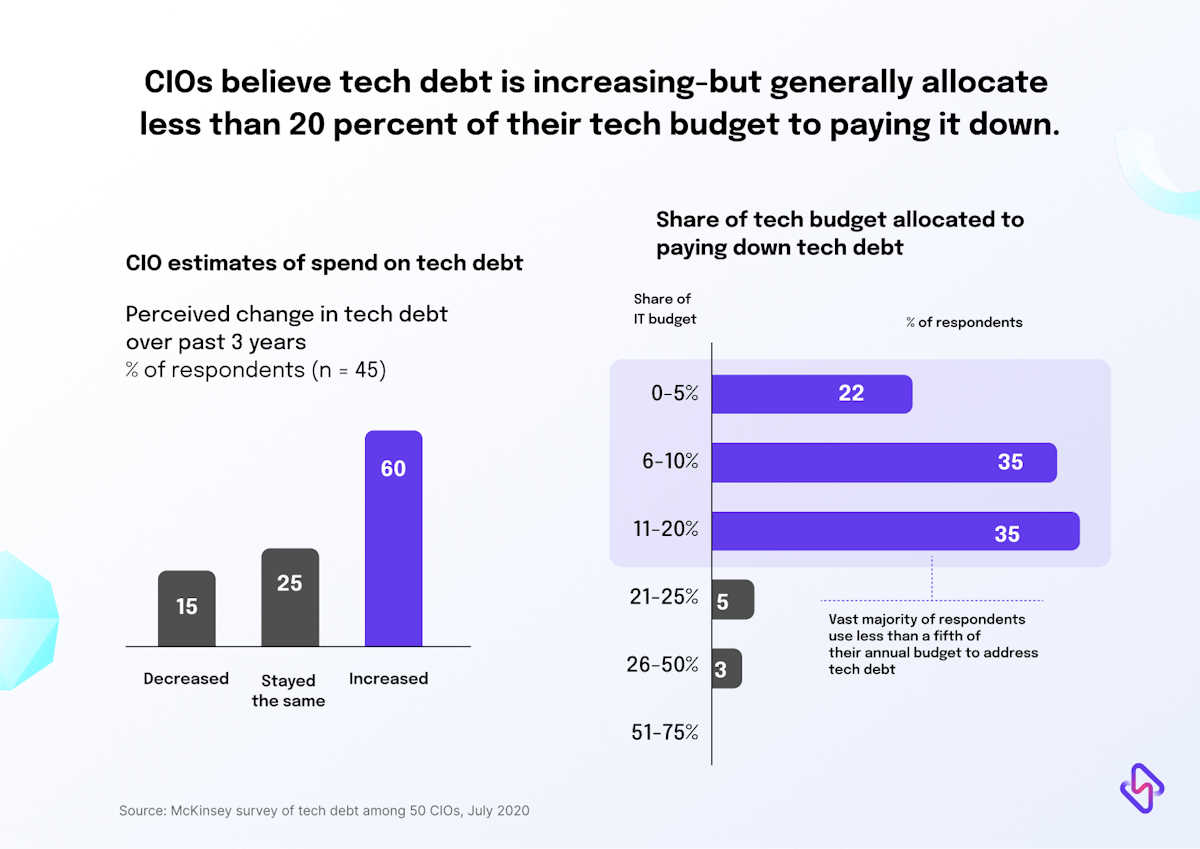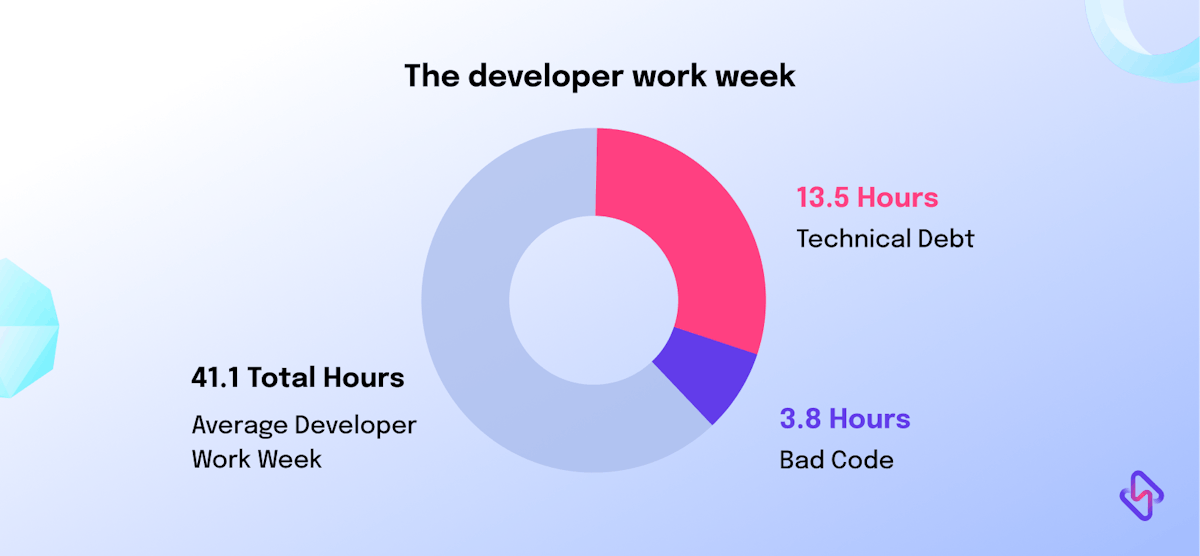Silicon Valley is the only jungle where you will find an Elephant sprinting like a Cheetah. Because the rule of the jungle is to “Move fast and break things. Unless you are breaking things, you’re not moving fast”.
At the core, the above rule/motto evangelized by Zuckerberg, the founder of Facebook, is not much different than the first agile principle i.e., continuous innovation and value delivery. Still, the topic of ‘moving fast’ often radically divides the tech community into two halves i.e., for and against. However, none can deny that agility, adaptability, and flexibility are the key enablers of innovation and growth for both, the Elephants (large enterprises) and the Cheetahs (startups).
In fact, it’s often fascinating and admirable to see companies innovate & scale at breakneck speed. But in the pursuit to be the next Lion King (market leader), make sure you do not overlook technical debt. Or else, forget about Elephant & Cheetah, you may end up as a Rabbit losing the race to a Tortoise.
Read this insight to avoid any such unfortunate outcomes, and understand the cost implications of not acknowledging and addressing the technical debt proactively.
What is Technical Debt?
We've mentioned technical debt is like a credit card, but what exactly does that mean? In software development, technical debt refers to the shortcuts, workarounds, or inelegant solutions taken to meet deadlines or overcome temporary hurdles. These choices might seem like a quick win initially, but they often come at a cost.
Here's how the analogy breaks down:
- Taking on Debt: The "debt" is incurred when we choose a faster, but less ideal solution. This could be anything from messy code that's hard to understand to skipping crucial design steps.
- Interest: Just like financial debt accumulates interest over time, tech debt grows as well. The longer you wait to address these shortcuts, the harder they become to fix. Bugs become more likely, adding to development time. Adding new features on top of shaky foundations becomes increasingly complex.
- Payment: The good news is, technical debt can be addressed! This "payment" comes in the form of refactoring - rewriting code to be cleaner, more maintainable, and aligned with best practices.
In the next section, we'll explore some of the common ways technical debt arises in software projects.
What are The Types of Technical Debt?
Technical debt isn't a monolithic issue. It manifests in various forms, each impacting your codebase differently. Let's explore some common types:
- Intentional Debt: This is a calculated decision to prioritize speed over perfection. Like building a Minimum Viable Product (MVP), you might accept some technical shortcomings to get a product to market quickly and gather user feedback. This approach carries risk, but it's a known risk that teams can track and address later.
- Unintentional Debt: This arises from shortcuts, misunderstandings, or lack of expertise. Imagine a developer facing a tight deadline - they might cut corners on testing or write less-than-ideal code. While unintentional, this debt can snowball if left unchecked.
- Environmental Debt: This debt accumulates due to external factors beyond your initial control. Operating system updates, library upgrades, or even changes within your own codebase can introduce incompatibilities or require adjustments.









